Table of Contents
Introduction to the Scoville Scale and Fresno Pepper
Fresno peppers typically range from 2,500 to 10,000 Scoville Heat Units (SHU), placing them in the mild to medium heat category. This means they're hotter than banana peppers but generally milder than habaneros. The Fresno pepper is a versatile chili pepper with a slightly sweet and tangy flavor, making it perfect for salsas, marinades, and many other dishes.
Fresno peppers are small, green or red, and have a slightly sweet and tangy flavor that makes them versatile in many dishes. They're commonly used in salsas, marinades, and even in some Mexican and Southwestern recipes. But if you want to get the most out of these little powerhouses, proper storage and usage are key.
Developed in 1952 by Clarence Brown Hamil at the University of California, Davis, the Fresno pepper emerged as a cross between Anaheim and Bell pepper varieties specifically for California's Central Valley climate. Its commercial adoption followed a distinct progression: regional farm markets embraced it through the 1960s, specialty grocers featured it during the 1980s culinary boom, and by the 2000s it became a mainstream grocery staple following chef-driven demand for versatile medium-heat peppers. This evolution reflects its unique position between jalapeño and serrano in both heat profile and culinary flexibility. (Source: National Gardening Association)
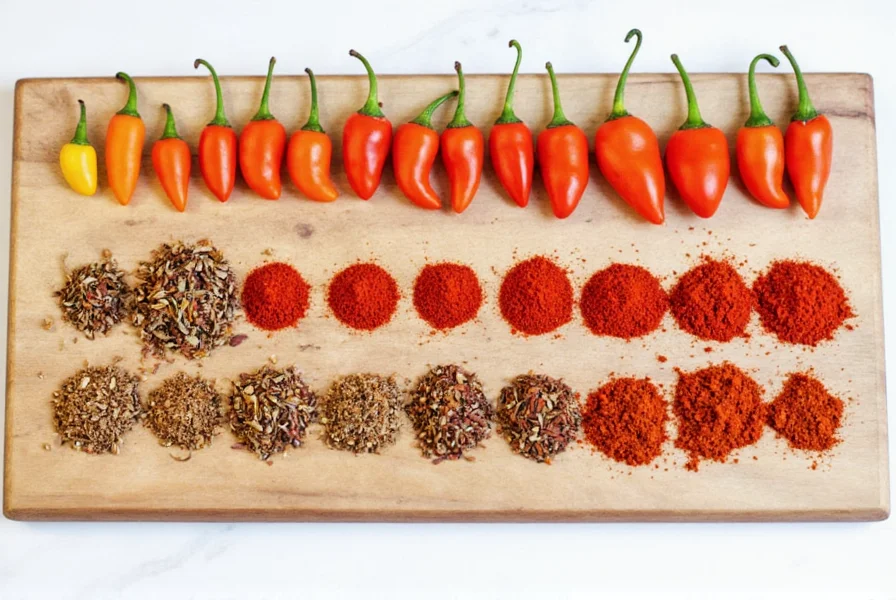
Essential Spice Storage Hacks
Storing spices correctly can make a huge difference in their flavor and longevity. The same goes for fresh peppers like the Fresno pepper. Here are some practical tips to keep your peppers fresh and flavorful:
- Refrigerate Fresh Fresno Peppers: Store whole, uncut peppers in a paper towel-lined container or a breathable mesh bag in the fridge. This keeps them dry and prevents mold.
- Freeze for Long-Term Storage: If you have more than you can use, freeze the peppers whole or sliced. They'll last up to 6 months in the freezer and retain their flavor well.
- Dry Them for Spices: Drying Fresno peppers turns them into a spice that can be ground into powder or used as a chili flake. You can dehydrate them in an oven at a low temperature or air-dry them in a sunny spot.
- Keep Them Away from Light and Moisture: Exposure to light and humidity can cause the peppers to lose their potency and flavor. Store them in airtight containers in a cool, dark place.
- Label and Date Your Storage Containers: Always label your stored peppers with the date so you know when they were stored and when they should be used up.
Critical Context Boundaries: Refrigeration preserves freshness for raw applications but causes texture degradation after 10 days, making peppers unsuitable for crisp salsas though still viable for cooked dishes. Freezing maintains flavor compounds but permanently alters cellular structure—thawed peppers become too soft for salads but excel in sauces where texture is irrelevant. Dried Fresno peppers concentrate capsaicin by 40-60% compared to fresh, requiring recipe adjustments; they're ideal for rubs but poor substitutes in fresh applications. (Source: National Center for Home Food Preservation)
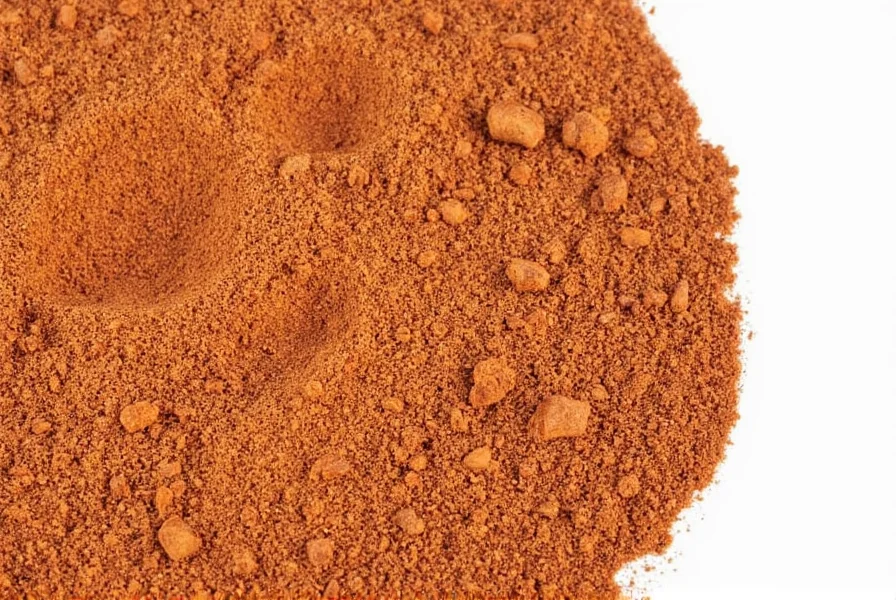
Creative Ways to Use Fresno Peppers
The Fresno pepper is a flavor booster that can be used in countless ways. Whether you're a seasoned chef or a home cook, here are some fun and practical ways to incorporate this pepper into your cooking:
- Make Homemade Salsa: Dice Fresno peppers and mix them with tomatoes, onions, cilantro, and lime juice for a zesty salsa. Adjust the amount of pepper based on your desired heat level.
- Use in Marinades: Add sliced or pureed Fresno peppers to meat or vegetable marinades for a smoky, spicy kick. They work great with chicken, pork, or grilled veggies.
- Infuse Oils or Vinegars: Place whole or sliced Fresno peppers in olive oil or vinegar for a few weeks to create a spicy infusion. This adds depth to salads, dressings, and dips.
- Try Pickling: Pickled Fresno peppers are a delicious addition to sandwiches, tacos, or charcuterie boards. They add a tangy, spicy bite to any dish.
- Blend into Hot Sauces: Combine Fresno peppers with garlic, salt, and other ingredients to make a homemade hot sauce. It's a great way to control the heat level and customize the flavor.
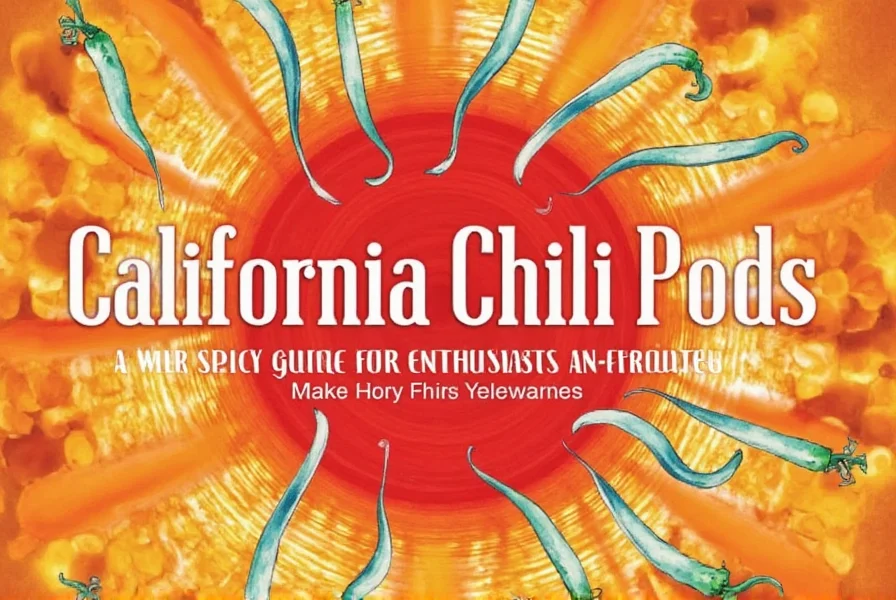
Comparison Table: Fresh vs. Dried Fresno Peppers
| Feature | Fresh Fresno Pepper | Dried Fresno Pepper |
|---|---|---|
| Flavor | Crunchy, slightly sweet, and tangy | More intense, smoky, and concentrated |
| Heat Level | Mild to medium | Moderate to hot |
| Usage | Salsa, salads, stir-fries | Seasoning, spice blends, sauces |
| Storage | Refrigerator or freezer | Airtight container, cool and dry |

Buying Guide: How to Choose the Best Fresno Peppers
If you're looking to buy Fresno peppers, whether fresh or dried, it's important to choose high-quality ones that will enhance your dishes. Here's a guide to help you make the best choice:
Types of Fresno Peppers Available
- Whole Fresh Fresno Peppers: These are the most common and ideal for slicing, dicing, or using whole in recipes. Look for firm, shiny peppers without bruises or soft spots.
- Sliced or Diced Fresno Peppers: Great for convenience, especially if you're making salsas or adding to dishes quickly. Make sure they're preserved in brine or oil and have a clear expiration date.
- Dried Fresno Pepper Flakes or Powder: Perfect for seasoning, baking, or adding heat to sauces. Check the packaging for quality and ensure it's from a reputable brand.
Recommended Products
Here are some top picks for Fresno peppers and related products:
- Organic Fresno Peppers (Fresh): Ideal for those who prefer organic produce. They are often available in local farmers' markets or specialty stores.
- Dehydrated Fresno Pepper Flakes: A convenient option for everyday use. They can be used in rubs, soups, and stews. Great for people who love the heat of Fresno peppers but don't always have fresh ones on hand.
- Homemade Fresno Pepper Sauce Kit: A kit that includes everything you need to make your own spicy sauce. Perfect for foodies who enjoy experimenting in the kitchen.
Who Should Buy What?
Choosing the right type of Fresno pepper depends on your needs and cooking style:
- Chefs and Home Cooks: Fresh peppers are ideal for recipes that require a crisp texture and fresh flavor.
- Spice Enthusiasts: Dried flakes or powder are perfect for those who love the heat of Fresno peppers and want to experiment with different levels of spiciness.
- Busy Individuals: Pre-sliced or pre-diced peppers are a time-saver, especially for quick meals or snacks.
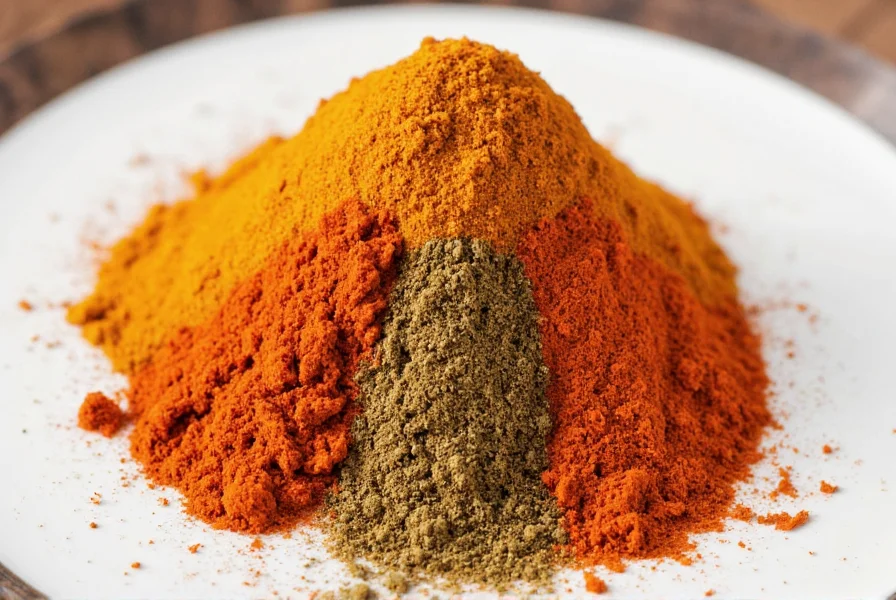
Frequently Asked Questions About Fresno Peppers
How hot are Fresno peppers on the Scoville scale?
Fresno peppers typically range from 2,500 to 10,000 Scoville Heat Units (SHU). This places them in the mild to medium heat category, making them hotter than banana peppers but generally milder than habaneros. The heat level can vary depending on growing conditions and whether the pepper is green (less mature, slightly milder) or red (more mature, often hotter).
How do Fresno peppers compare to jalapeños?
Fresno peppers and jalapeños are quite similar in heat (jalapeños range from 2,500-8,000 SHU), though Fresnos can sometimes be slightly milder. The main differences are in flavor and appearance: Fresnos are more tapered and have a fruitier, slightly sweeter taste compared to jalapeños. When fresh, jalapeños are typically smoother and brighter green, while Fresnos have more texture and wrinkles.
Can you eat Fresno peppers raw?
Yes, Fresno peppers can be eaten raw and are commonly used this way in salsas, salads, and as garnishes. When raw, they offer a crisp texture with a bright, slightly sweet and tangy flavor with moderate heat. If you're sensitive to spice, you can reduce the heat by removing the seeds and white membranes before eating them raw.
How long do Fresno peppers last in the refrigerator?
When stored properly in the refrigerator (in a paper towel-lined container or breathable mesh bag in the crisper drawer), fresh Fresno peppers can last 1-2 weeks. For longer storage, you can freeze them for up to 6 months or dry them for several months of shelf life in an airtight container.
Are red or green Fresno peppers hotter?
Generally, red Fresno peppers (which are fully mature) tend to be slightly hotter than green ones (which are less mature). Red Fresnos also develop a sweeter, more complex flavor as they mature. However, heat can vary significantly between individual peppers regardless of color, depending on growing conditions.
What are good substitutes for Fresno peppers?
If you can't find Fresno peppers, good substitutes include jalapeños (similar heat but less sweet), serranos (hotter, use sparingly), or even red bell peppers mixed with a small amount of cayenne for heat (if you want the color without as much spice). For dried Fresno peppers, guajillo peppers make a good substitute with similar heat and flavor profile.
Conclusion
The Fresno pepper is a versatile and flavorful addition to any kitchen. By following proper storage techniques and creative usage ideas, you can fully enjoy its unique taste and moderate heat. Whether you're a beginner or an experienced cook, learning how to store and use Fresno peppers effectively can elevate your cooking game and bring a new dimension to your dishes.
Remember, the key to getting the most out of Fresno peppers is to experiment, store properly, and use them in ways that match your personal taste. So go ahead—add a little heat to your next meal and discover the magic of this incredible spice!
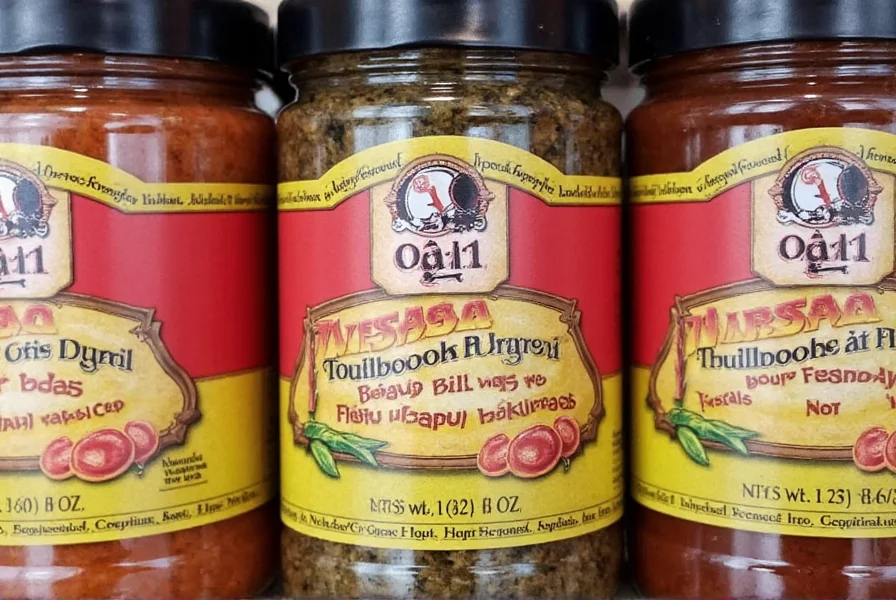

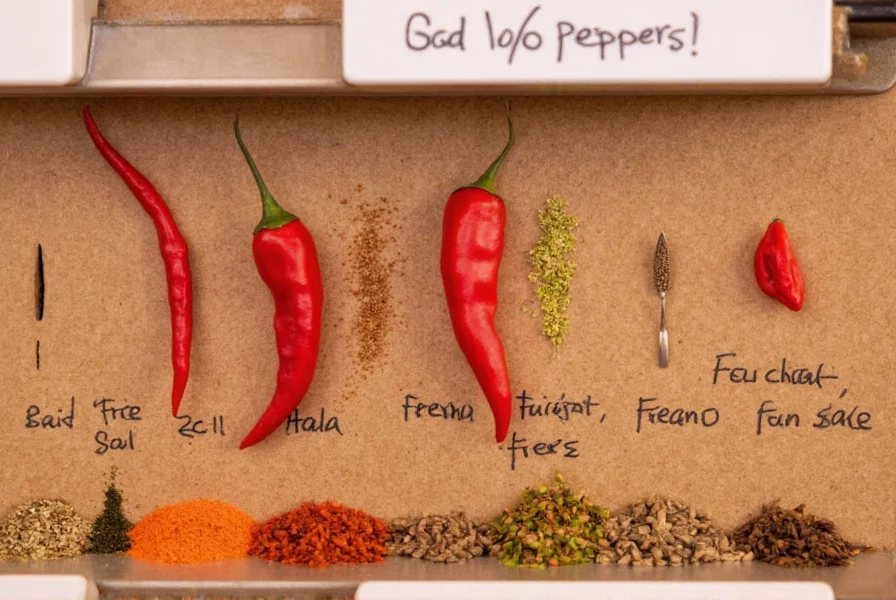









 浙公网安备
33010002000092号
浙公网安备
33010002000092号 浙B2-20120091-4
浙B2-20120091-4